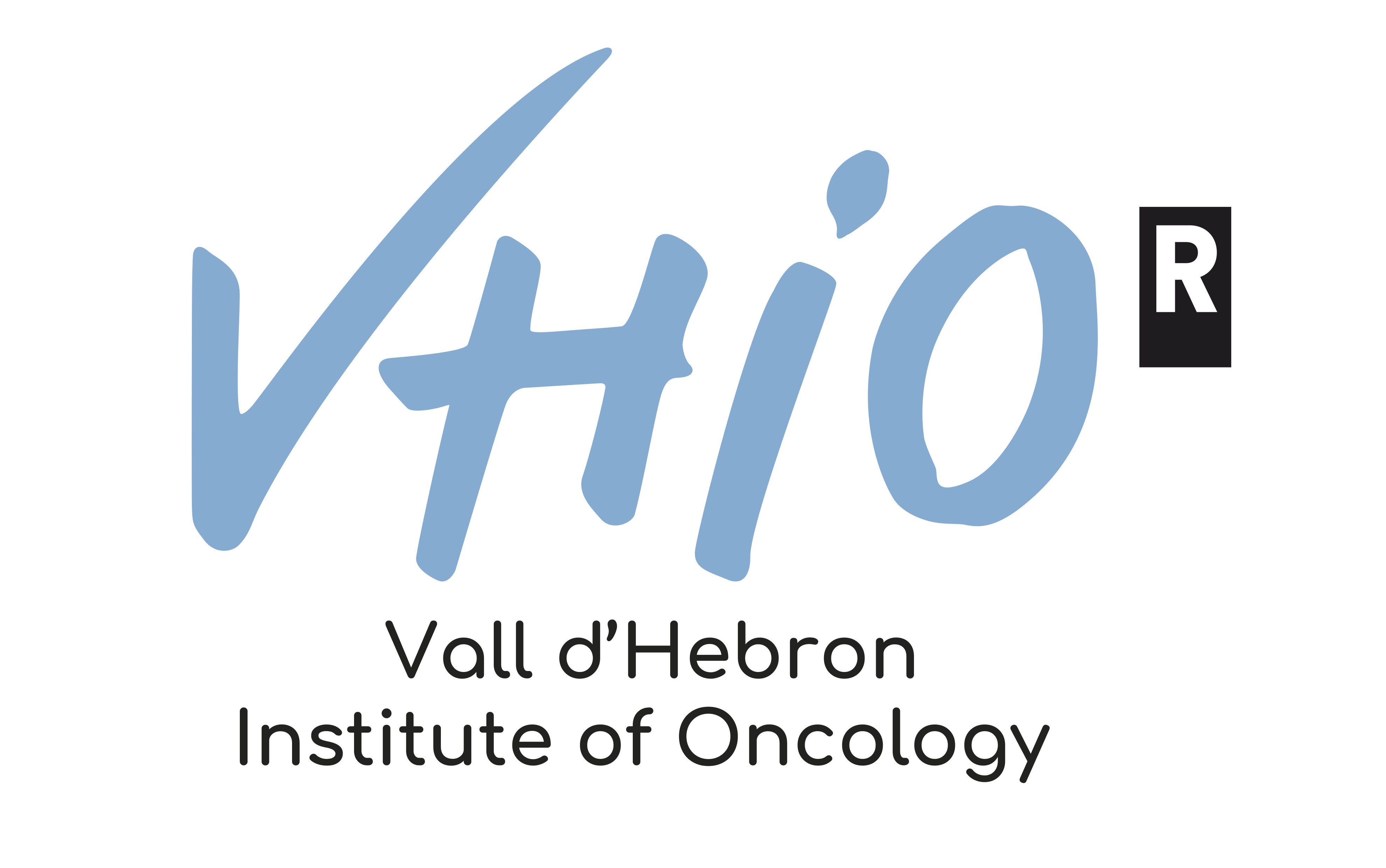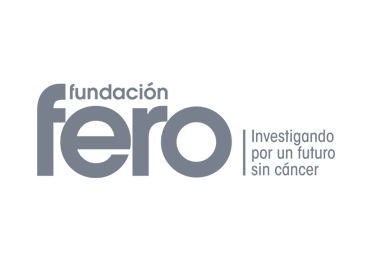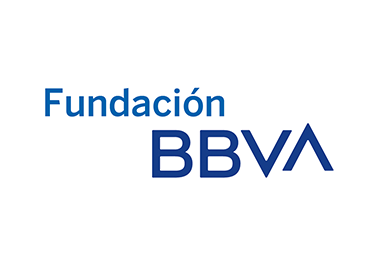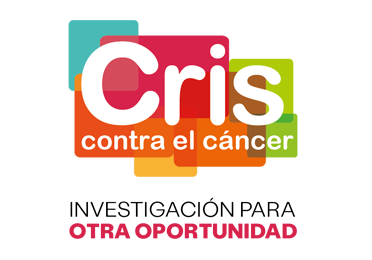• Research at VHIO has for the first time evidenced the clinical utility of mass spectrometry in formalin-fixed, paraffin-embedded breast cancer tissue samples.
• VHIO researchers have shown the quantification of HER2 by mass spectrometry as a more precise approach for predicting the survival of patients after treatment with anti-HER2 therapy.
• The quantitative analysis of proteins may help to better predict patient response to targeted therapies.
Barcelona, 19 November 2015.– A study led by the Vall d´Hebron Institute of Oncology´s (VHIO) Molecular Oncology Group, headed by Paolo G. Nuciforo, has shown that selected reaction monitoring (SRM)-mass spectrometry (MS) quantitative measurement is more effective than immunohistochemistry (IHC) and in situ hybridisation (ISH), for predicting patient response to anti-HER2 therapies. This research, recently published in the journal Molecular Oncology, was supported by funding received from the BBVA Foundation.
HER2-positive breast cancer is characterised by the overexpression of the HER2 protein on the surface of cancer cells and patients with this subtype of breast cancer usually have a poor prognosis. However, over recent years, thanks to the efficacy of the monoclonal antibody trastuzumab, administered either as mono-therapy or in combination with chemotherapy as an adjuvant regimen, has led to improved survival of patients with metastatic breast cancer and overexpression of HER2. Establishing whether a breast tumour is HER2-positive or HER2-negative, based on the overexpression of this protein, is therefore routine at laboratory level and already accepted as gold standard.
In accordance with current clinical guidelines, the indicators for categorizing tumours as HER2-positive are detection by IHC of the overexpression of the protein or gene amplification by ISH. However, these two approaches are semi-quantitative, are problematic in the context of reproducibility, and fail to precisely predict response to treatment.
“It is clear that when selecting a targeted agent we should have already established how much target there is in the tumour. While current approaches reveal target presence, they fail to reveal the expression levels. In the case of the HER2 protein, it has recently been shown that treatment with anti-HER2 is most effective in tumours with a high expression of this protein”, explains Paolo G. Nuciforo, Principal Investigator of the Molecular Oncology Group of the Vall d’Hebron Institute of Oncology (VHIO) and first author of the study.
Over recent years, Paolo´s team has explored whether the quantitative analysis of the HER family of proteins (HER1, HER2 and HER3) by mass spectrometry (MS) can be carried out in formalin-fixed, paraffin-embedded (FFPE) tissue, and whether or not it can more precisely predict response or resistance to targeted anti-HER therapies. Through the analysis of almost 300 breast tumours, research evidenced that this approach establishes the absolute abundance of proteins selected in FFPE tissue, and that the results were not affected by the age of the samples. This was facilitated by special treatment of the tissue in a liquid medium until the protein solubilized for mass spectrometry-based quantification – enabled by OncoPlex Diagnostics´ Liquid Tissue® – SRM technology platform.
Once the technique was validated, Nuciforo and his group then established that among HER-positive tumors (defined by consensus criteria) the expression of HER2 quantified with MS varied immensely. Furthermore, patients expressing high levels of HER2 benefitted much more from HER2 targeted therapy. However, standard IHC/ISH techniques could not predict response to therapy in the same patient population.
“The application of mass spectrometry to precision oncology represents an important technological advance in ultimately combating cancer. Prospective studies will be necessary to confirm the relevance of HER2 quantification, not only in the diagnosis of the tumour, but also, more especially, for better guiding therapeutic decisions”, concludes Nuciforo.
###
For more information please contact:
Amanda Wren • Director of Communications, the Vall d’Hebron Instituto de Oncología (VHIO) • Tel. +34 695 207 886 awren@vhio.net











